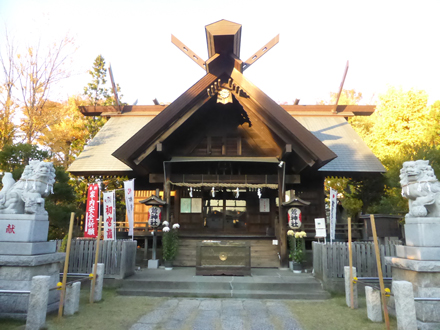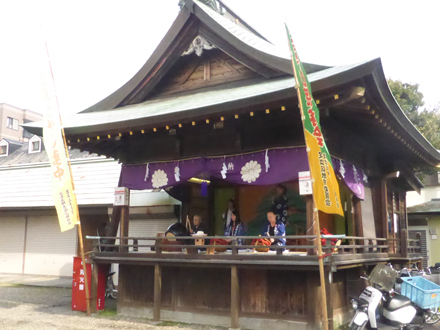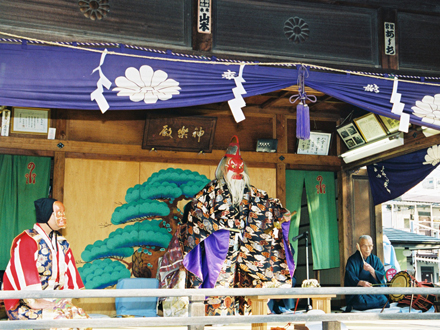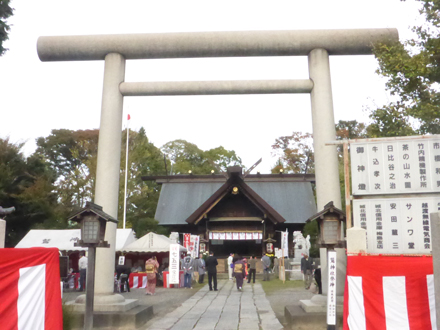鷲神社
| 施設名 | 鷲神社 |
| 概要 | 区保存樹林の当社南に古代の海岸線とされる所があり、小高く、水郷又田園地帯の時に水面に映る姿より浮島明神の森といわれました。江戸時代島根村は広く総鎮守。文保2年(1318)に中興されたと伝えられています。祭神は日本武尊(やまとたけるのみこと)、誉田別命(ほんだわけのみこと)、国常立命(くにとこたちのみこと)ほかです。江戸時代の本殿をお守りする覆殿、昭和31年(1956)に造替された拝殿(平成15年社殿は銅板総葺替されました。)、もとの拝殿(文化元年)の両獅子は神楽殿の長押にあり、お囃子や地域を守護されています。昭和35年(1960)に人力で建立された大鳥居のほか、境内には三峯神社本殿、同鳥居(足立区登録有形文化財)、千住堀に架かっていた宮前橋の遺構、狛犬、靖国平和塔、富士塚、吉宗公ゆかりの将軍石などがあります。当社で奉納されている島根囃子と神代神楽は田口峯吉(1852〜1942)翁によって再興されたもので、境内には峯吉翁の米寿を祝った石碑もあります。島根囃子は鷲神社の祭礼をはじめ地元の行事などで演奏されています。神代神楽は16の演目があり、島根囃子保存会の人々によって、9月第2土日曜日の鷲神社大祭と11月の酉の日に神楽殿で奉納されます。鷲神社奉賛会があります。大神輿などはご祭神にちなんだ欅総彫りで行徳後藤直光作の特級品であるとご修復に当たられた宮本卯之助商店の見立です。島根囃子とともに渡御式があります。 |
| 住所 | 足立区島根四丁目25番1号 |
| アクセス | 東武スカイツリーライン西新井駅からバス花畑桑袋団地行き 島根二丁目下車 徒歩1分 東武スカイツリーライン竹ノ塚駅(東口) 徒歩20分 |
| マップ | Googleマップ |
| 問い合わせ先 | 03-3883-6140 |
おすすめのスポット















